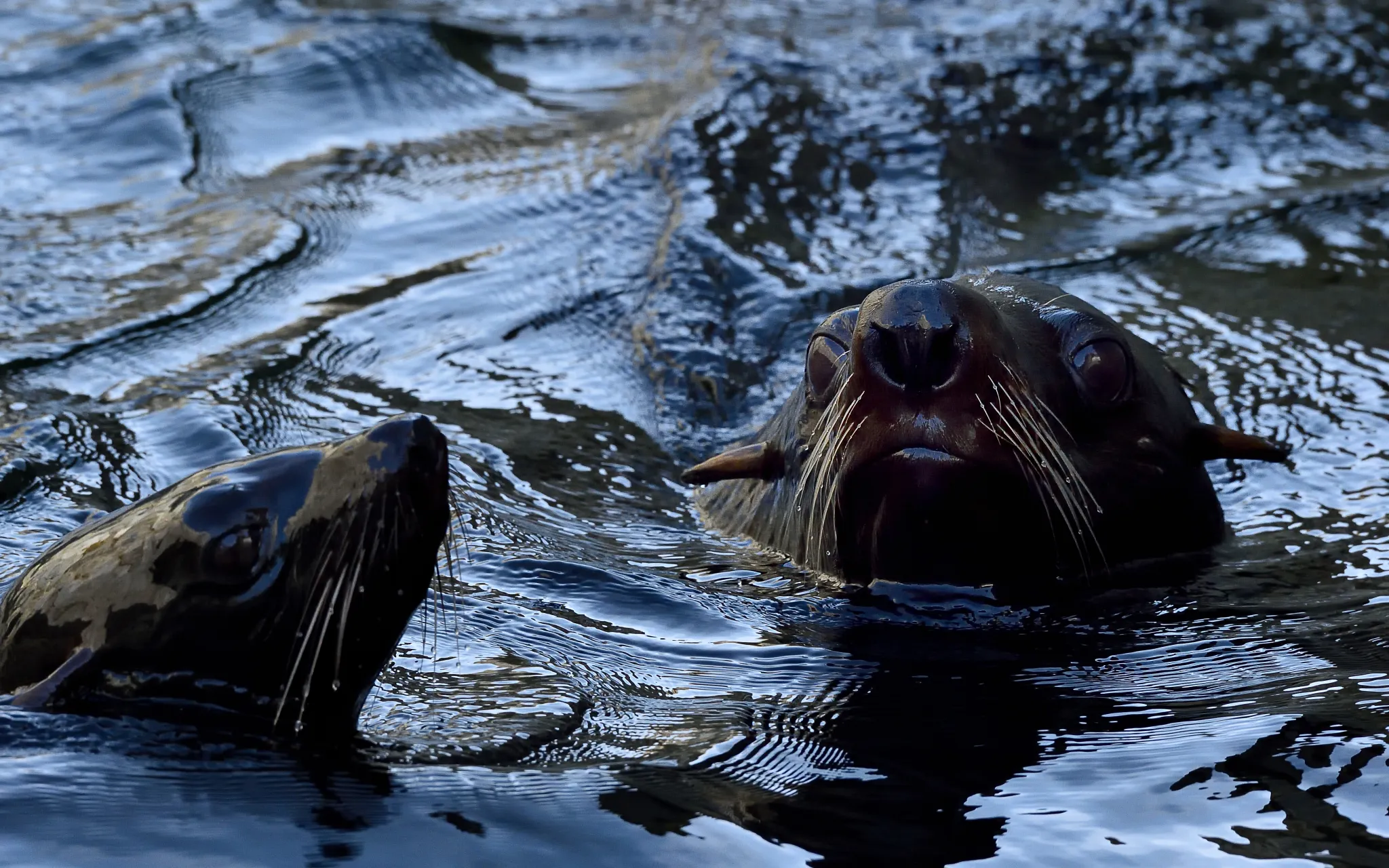
Mammal
The South American sea lion
Otaria flavescens
The South American sea lion, Otaria flavescens, is a mammal, not a fish. It has lungs and cannot breathe underwater. Very at ease in water, it holds its breath as it dives.
Distinctive features
The male has a magnificent mane and is much larger than the female. He weighs around 300 kg whereas the female weighs around 3 times less. The sea lion is naturally insulated against the cold, whether it is diving in the depths of the ocean or sprawling on the coastline rocks battered by the icy winds of Patagonia. A layer of blubber under its skin serves as insulation while its thick fur, coupled with a waterproof undercoat thanks to oily secretions, keeps its skin really dry… even in the water.
Anecdote
It’s difficult for a mother to find her pup in a noisy, lively colony of a few thousand sea lions. Yet she has to regularly leave it to go and catch fish in the sea. When she returns, she barks and waits for her pup to reply so that she knows where it is.

Otaries à fourrure australe
© MNHN - F.-G. Grandin
Otarie à crinière
© MNHN - F.-G. GrandinSponsor a species
By sponsoring a species from the Parc zoologique de Paris, you will support major conservation projects. Thanks to your donation, we will be able to improve the welfare of the animals, learn more about threatened species, and set up conservation initiatives in their natural environment. You will also have access to exclusive rewards!
I want to sponsor a species from the Parc zoologique de Paris




